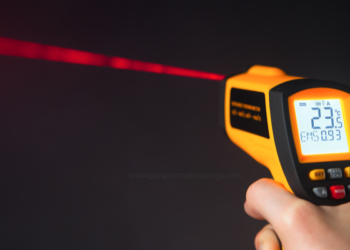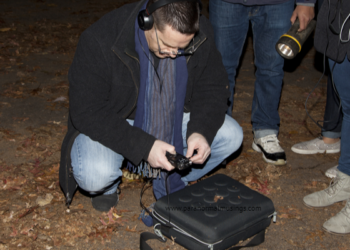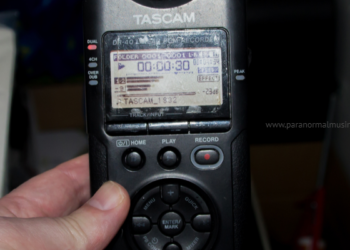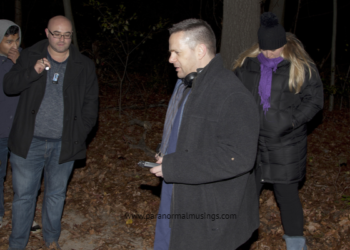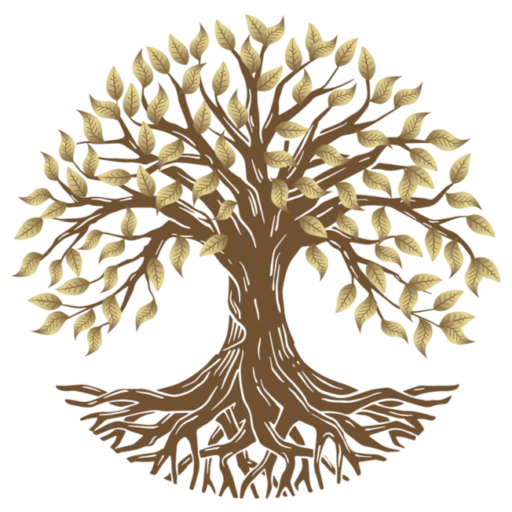Capturing the evidence of paranormal activity is the ultimate goal for a paranormal investigator. Sieving through the footage for the best paranormal evidence is very important. Although it may be a taxing and boring task for some, however, it is a part of the investigation process. Your investigation is now over, and you have all kinds of evidence that you’ve collected. Now you need to analyze your data from all the video and audiotapes that you’ve made. This takes a lot of long, boring hours; however, if you can authenticate one or two anomalous pieces of your evidence, then it’s all worth it. How do you go about doing this?
How to Review the Best Paranormal Evidence?
Analyzing the evidence after a great investigation is the most important part of paranormal investigation. What we feel at an investigation counts when it is backed by evidence. We need to analyze three types of pieces of evidence:
- Audio/EVP
- Photographs
- Videos
Always keep in mind that only communication via an instrument does not count. We always need to have supporting paranormal evidence to it. For example, if we have a KII session, we should try and find an image or an EVP that coincides with our communication.
Create Folders for Paranormal Evidence
When it comes to the best paranormal evidence, it is important to keep everything in order. Therefore, it is important to create folders and sub-folders. The folder should be named properly and in a way that other case folders can be named similarly. The ideal pattern to follow is – DATE/CITY/CLIENT NAME/SERIAL NO.
Create subfolders for paranormal evidence of:
- Audio – Save the files in MP3/WAV format.
- Video – Save the CCTV and other footage.
- Photographs – Keep subfolders for DSLR and full spectrum.
- Forms – Filled by the client and the case log.
- Client – Final report for the client.
Videos
When it comes to sorting through the evidence in the search for paranormal activity, it does not matter where you start. You can start with the photographs, the videos or audio; it depends on you. Let’s start with the hours of video footage that paranormal investigators capture. There are quite a few places to go to look at your video. One of the places I like to go to is videolan.org. This is an application that allows you to view video, loop video, jump to a specific video time, and speed up or slow down the video. In addition, you can also look at audio and video at the same time. But only if it is part of the same file.
Maybe the only negative with this is that it does not allow you to crop out video frames. This means that if you are looking for the best paranormal evidence in a ten-second clip, you will need to use another application to extract that clip from the original film.
Photos
For the paranormal evidence in photos, what I prefer is Photo ME. It’s an application that allows us to get to the exchangeable image file format (Exif) data for a digital image (picture). Exif data is embedded within the image file itself and contains information about the image. The information is following – date taken, date modified, type of camera used, ISO setting, f-number, flash usage, aperture setting, etc. This information assists us during a review of the image for many reasons. The primary reason is that it tells us if an image has been modified since it was taken. Another reason is that the camera and/or firmware for the camera will cause a false positive.
What is a false positive? Well, it is something that looks like paranormal evidence but is not. Information such as flash usage, f-number, aperture, etc. helps us determine if the setting used when taking the image caused a false positive. Photoscape is an online application that allows you to edit your photos. However, we use it to apply different filters to the photos to get a closer look at what is there. We will review it in black-and-white, with heat signatures applied, etc.
Besides these applications, there are many, many more than you can use to capture the best paranormal evidence. Each application has its own use and features that can be useful. No matter what application is used, just remember that most of what is captured in an image can be explained and is more than likely not paranormal. However, if you do get lucky enough to take a photo that falls into that 1 per cent, pass it our way.
Seeing the Visual Evidence
Here is how we check the photos to determine paranormal evidence in case of paranormal activity:
- Zooming in or out
- Converting the photo into a negative
- Adjust the Gamma settings
- To adjust brightness and contrast
- Adjusting saturation
- Adjusting the colour balance, for example, converting the colour to Sepia can bring out dark areas
If you get one and you think it could be an important piece of paranormal evidence, in that case, you should first check its authenticity. You can use IrfanView; it is the most recommended software when it comes to paranormal research. Open the file in IrfanView and check the Exchangeable Image File Format (EXIF) details. If the photos have the details of the camera through which it was taken, the photograph stands true and should be further analyzed. If the EXIF information is missing, it implies that the photo has been edited or tampered with.
Electronic Voice Phenomenon or EVP
During an investigation, we put out digital recorders to capture audio paranormal evidence. We do this to an electronic voice phenomenon or a disembodied voice during the investigation. While reviewing the audio data, use a PC loaded with an audio software application. There are many, many applications available for use. Some are free, and some you may need to purchase. I use an application called Audacity. This application allows us to highlight parts of the audio file, loop it, magnify it, etc. I use Audacity because it is free, easy to use, allows for looping, and exports data clips easily in MP3 or WAV format.
A software application will also allow you to determine the frequency that the paranormal activity occurred in. The primary reason this is important is that it permits you to track patterns and assist with proving theories. There is a theory in the paranormal field that EVPs aren’t heard (making it a disembodied voice) because they occur in a frequency range that cannot be heard by human ears. By using such an application, you can track that information and watch for patterns.
Frequency Identification
One of the best applications for frequency identification for paranormal activity evidence is Adobe Audition. Adobe Audition must be purchased, but it does have features that other applications do not. The most important is its ability to use it to extract audio from a video file. We use this feature quite a bit. No matter which application you use, there are two things to remember: (1) each team member should use the same application, and (2) a true EVP, ENP, or disembodied voice should be able to be played in its original state and not modified in any way.
How to Classify the EVP Paranormal Evidence?
The most accepted paranormal evidence is EVPs. As per different paranormal associations, there are different ways in which we can classify an EVP. The A-B-C classification system developed by Sarah Estep, based simply on the quality and clarity of the EVP recording, has been used to classify EVPs. Furthermore, broad subjectivity when classifying EVPs is an inherent flaw of this system.
ABC System by Sarah Estep
The A-B-C system was developed By Sarah Estep. She was the founder of the American Association of Electronic Voice Phenomenons. It is divided into:
- Class A EVP – message that we can hear without headphones and people can generally agree on its content
- Class B EVP – message that requires headphones to distinguish the paranormal evidence content. Not everyone will agree on the message
- Class C EVP – This requires headphones and it often needs amplification and filtering. Not many people can hear it.
Kelly Mikkola System by Doug Kelley & Jari Mikkola
Another classification is the Kelly-Mikkola classification. It is more detailed and was Doug Kelley & Jari Mikkola were the brains behind it:
- Interactive Spirit Voice or Class 1 – It is a direct response to a human statement, question, action, activity or when spirit voices respond to each other
- Class 2 (Non- Voice is a general statement and not a direct response to a statement, question, action, activity by humans
- Class 3 (Non-speech) Spirit voice is a sound other than the spoken word
- Null-EVP (Valueless) The EVP contains nothing of value in understanding the spirit realm or spirit psychology
Be a Skeptic
A paranormal investigator always believes in the unknown world but, when analyzing the evidence, needs to be a sceptic. We should always look for the simplest explanation for the thing that seems to be unexplainable in the first look. As we have read in earlier chapters, a lot of other factors contribute to creating things that might look paranormal when seen through a lens.
Filing Case Reports
The following points should be included in your case report:
- The case name (client’s name)
- The date
- Your name
- The time you arrived/investigation start time
- The names of participating team members
- A synopsis of your personal activity from beginning to end, including any vigils and vigil partners
- Any anomalous or notable activity you witnessed
- Your conclusions regarding the investigation
- The time the investigation ended/the time you left
The final report with all the evidence of paranormal activity should be stored in two different storage devices for the official record and the client respectively. In essence, this is how you can capture and classify evidence of paranormal activity.



